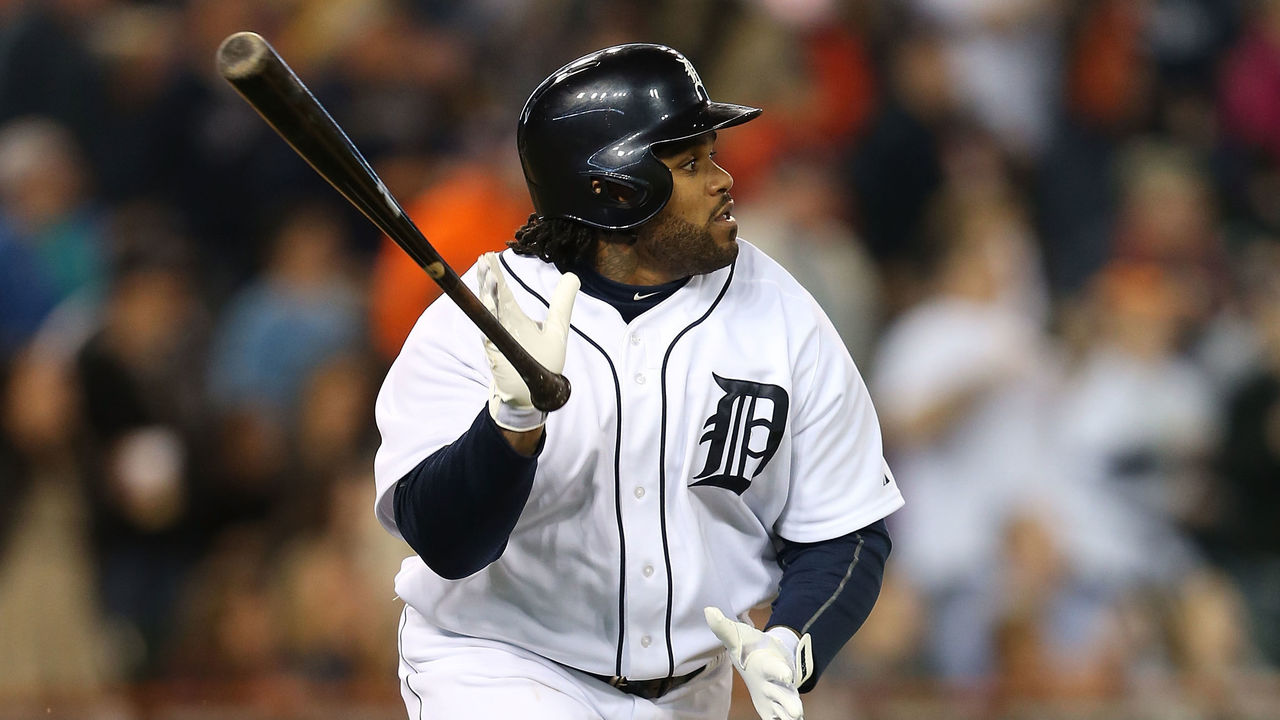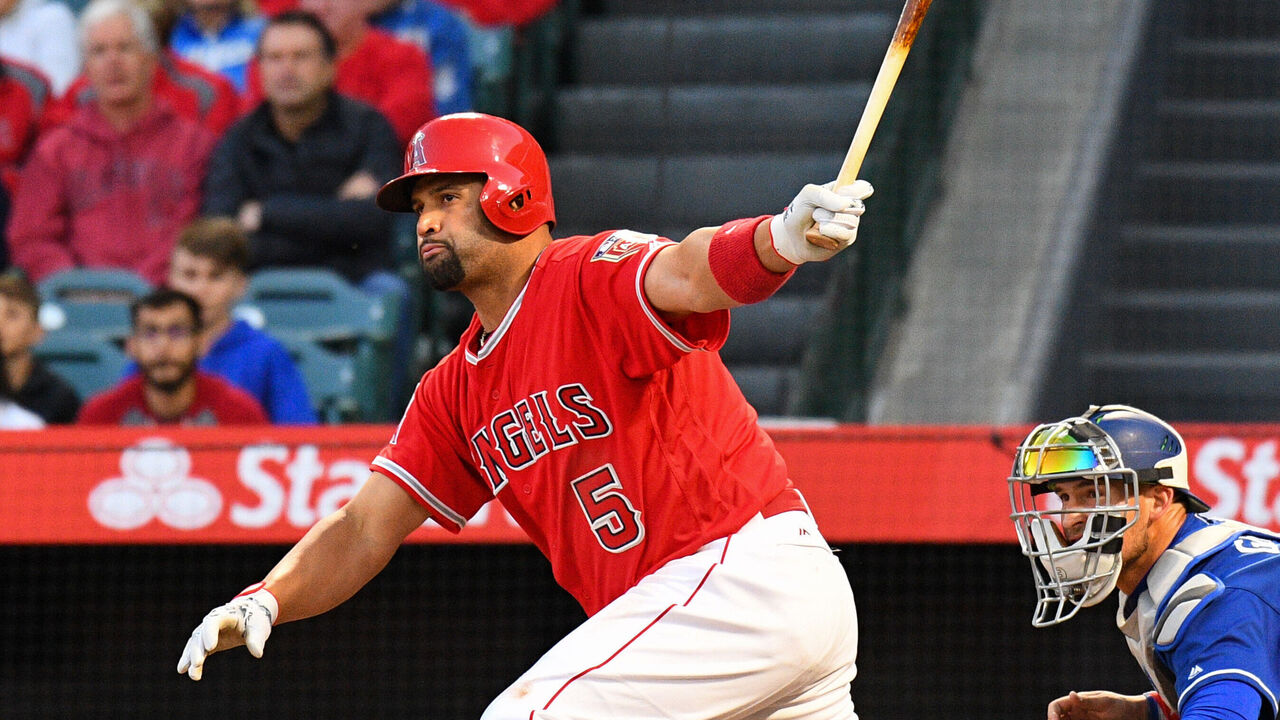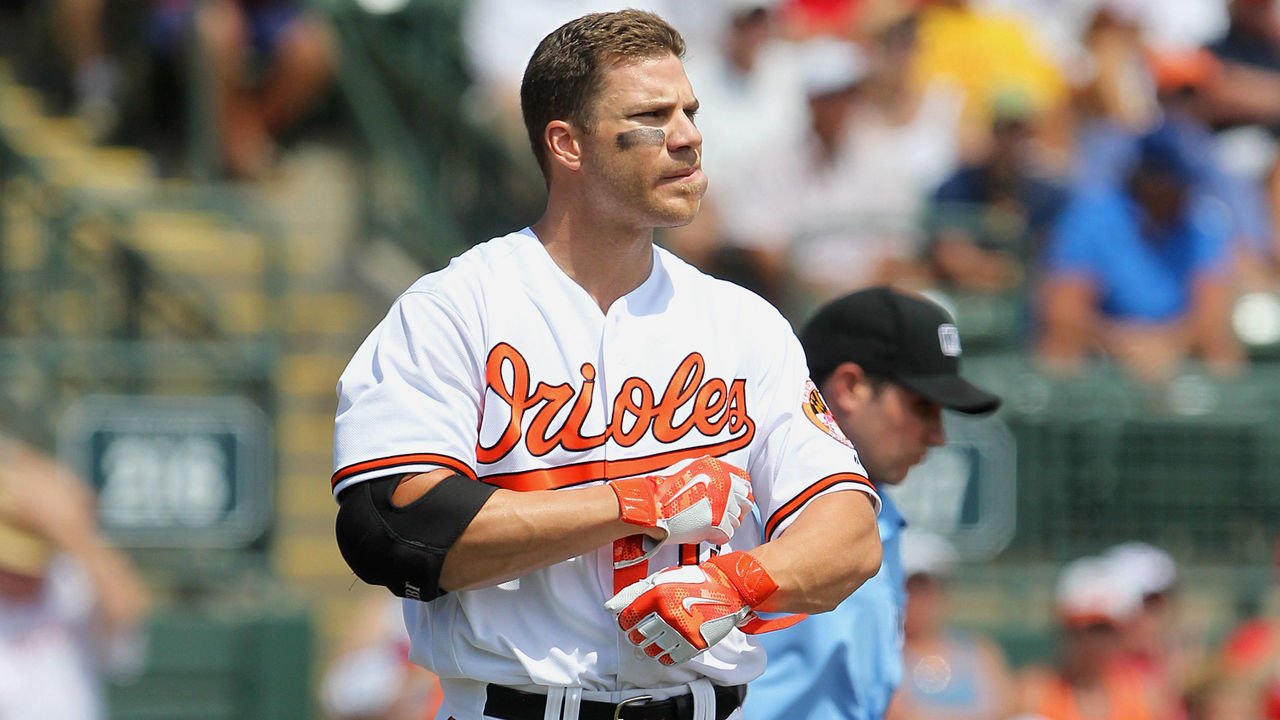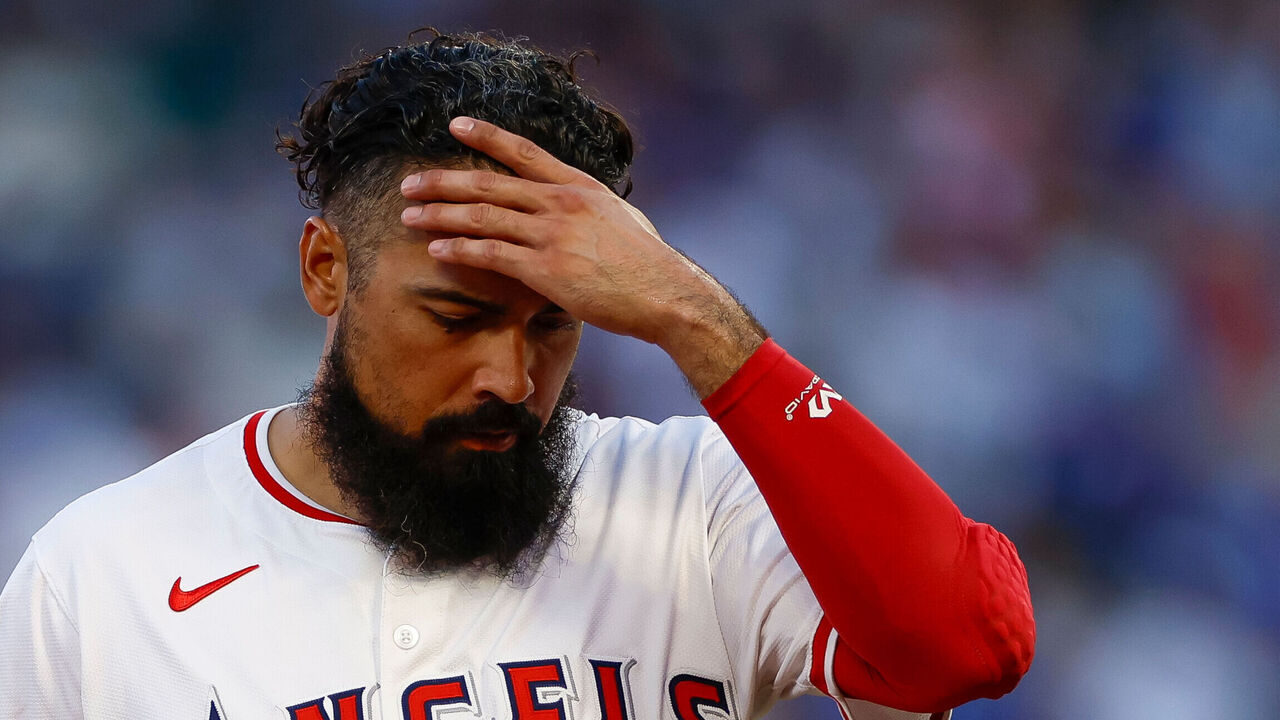Remaining free-agent sluggers are feeling the squeeze
Scott Boras reportedly had an interesting - and dated - contract comparison in mind for star client Pete Alonso entering free agency this offseason.
USA Today's Bob Nightengale reported the comp was a deal Boras negotiated for another first baseman more than a decade ago: the nine-year, $214-million pact Prince Fielder signed with the Detroit Tigers before the 2012 season.
Boras denied that report, but there's a good reason why he'd focus on Fielder's deal: It's the biggest free-agent contract Boras has negotiated for a first baseman. It also stands as the second-best total amount for the position ever behind Albert Pujols' deal with the Angels (10 years, $240 million) during the same offseason.

Thirteen years is an eternity in the business of contract inflation, and yet no other first baseman has surpassed the $200-million mark on the open market since. Joey Votto and Miguel Cabrera did exceed $200 million in contract extensions but those deals, too, were signed more than a decade ago.
We generally witness record contracts over time as the league's revenues increase. Just one year after Shohei Ohtani's record-breaking $700-million deal, Juan Soto smashed that with his $765-million pact this winter (with no deferred money like Ohtani). But these increases don't happen with every type of player. Some are being frozen out.
Consider that Alonso, whose 226 homers come in just six less than Aaron Judge's total over the last six seasons, is already lowering demands. He's willing to sign a short-term deal to return to the New York Mets, according to MLB Network Radio's Jim Duquette. But, even at those reduced demands, the Mets are still "holding the line" with what they're willing to guarantee Alonso, according to SNY's Andy Martino.
Also waiting for a deal is corner outfielder Anthony Santander, fresh off of slugging 44 homers, and third baseman Alex Bregman, a top-20 hitter over the last six years with a combined 133 wRC+.
Despite their impressive resumes, these players don't have bidders tripping over themselves at the prices the players believe they deserve. Each one also plays a corner position and is either on the wrong side of 30 or will soon be.
While starting pitchers, premium up-the-middle position players, and young superstar bats are breaking records for guarantees, there's less interest in 30-something corner players. That's especially true for what was once a prized commodity: slugging first basemen.

Only one first baseman struck a deal that exceeded nine figures on the open market during the last seven offseasons: Freddie Freeman in 2022.
Freeman is also the only first baseman in the last seven years whose contract ranked among the top 10 of free-agent guarantees.
Compare that to the previous 10-year span (2009-18), in which 14 first basemen or designated hitters inked contracts that ranked among the top-10 free-agent deals per year.
Dating back to the 1995-96 campaign, the top 10 free agents in a class accounted for 56.6% of all free-agent money, according to theScore's analysis of Cot's Baseball Contract data.
The top five deals every season account for 39.8% of all free-agent spending.
The top player in a class consumes an average of 12.7% of the money spent.
In the winter leading up to the 2012 season, Pujols and Fielder ranked first and second.
While this corner-slugger decline is dependent on the talent available, there's also a clear shift in teams favoring other positions.
Only one first baseman has ranked at the top since 2012: Eric Hosmer did it when he signed with San Diego ahead of the 2018 season. Besides Freeman, only Chris Davis (2016), part-time first baseman Ian Desmond (2017), and Hosmer ranked in the top five of a class in the last decade.

This list explains, in part, the reluctance to pay for a bat-first corner today.
- Injury ended Fielder's career in just the fifth year of his contract.
- Pujols produced 12.4 bWAR and a .256/.311/448 slash line over his 10-year deal, massively underwhelming production for what he cost.
- Davis produced minus-2.7 WAR during his six-year contract and retired more than a year before it concluded. He had a minus-3.3 WAR season in the third year of the deal with a .168 batting average, the worst mark among qualified hitters in MLB history.
- Hosmer's contract was an albatross for San Diego: He immediately posted negative fWAR before the Padres paid down almost all of his remaining deal a few years later to send him to the Boston Red Sox.
- Desmond produced minus-2.6 WAR in the first three years of his five-year deal, opted out because of the pandemic in Year 4, then retired.
Only Freeman's nine-figure deal looks like a positive investment among first basemen.
At third base, Anthony Rendon's seven-year, $245-million deal with the Los Angeles Angels and Kris Bryant's seven-year, $182-million contract with the Colorado Rockies represent some of the most player-friendly deals of all time.
Combined, first basemen, third basemen, left fielders, right fielders, and DHs account for just 23% of the top 10 free-agent contracts per year dating back to the offseason before 2019.

We can begin to understand why Alonso, Santander, and Bregman are still unsigned, and perhaps lowering their asking price.
Third baseman Matt Chapman had to lessen his demands late last winter. Cody Bellinger, another Boras client and sometimes first baseman, did the same.
Longtime first baseman Brandon Belt, who was among the most productive hitters in 2023 with a 138 wRC+, didn't even sign a contract last offseason. He said last March he received little interest from clubs.
One front office official explained to theScore that it's uncomfortable to invest in players whose value is driven solely by their bat and who have nowhere to move down the defensive spectrum should their athleticism wane. (This is less of an issue with Bregman, a quality defender, but a common one with corner types.)
There are exceptions at the corners: Elite, under-30 bats like Soto, Bryce Harper, and Manny Machado.
If Santander, Alonso, and Bregman were entering their age-26 seasons like Soto, they'd have more robust markets. But, like so many free agents, they'll play next season at age 30 or older, and they now also generally play the less desirable positions.
They will all sign eventually. But their cases remind us that the era of the veteran slugger has passed.
Travis Sawchik is theScore's senior baseball writer.